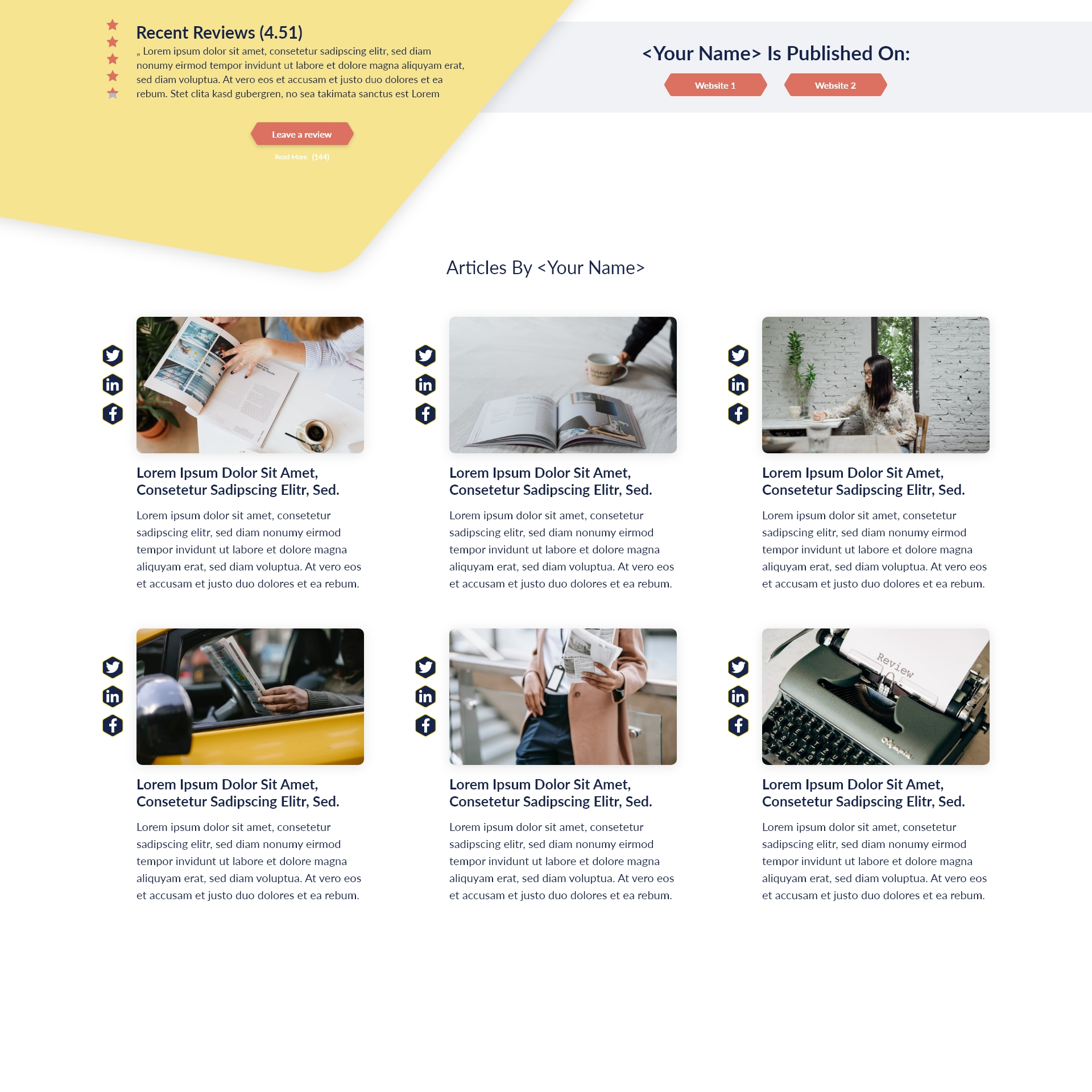The civil rights and gender equality issues in our modern era navigate corporate leaders onto the path of challenges unlike any other. Workplace diversity, for example, begins with thorough training and awareness throughout the ranks. However, understanding is not universal, and studies show that a male CEO is less likely to hire a female for a leadership position. Moreover, if a person of leadership has never faced discrimination within their lifetime, it may be nearly impossible for them to recognize the behavioral patterns associated with it. For solid results, executive leadership needs to exercise deliberate actions to set the tone for a better translation of good intentions.
Common Misconceptions
Unfavorable treatment of an employee or applicant, whether from management or another employee, is considered discrimination. The US law is particular and transparent in terms of what employer and employee behavior constitutes discrimination in the workplace. An employer may not discriminate against another individual according to specific categories, including gender, disability, religion, race, national origin, citizenship status, genetic information, age, or pregnancy.
Discrimination comes in all shapes and forms. For example, it may come in the form of an individual inflicting someone of the same color or race with prejudice or intolerance. Or, a person may discriminate against another because of their sexual orientation, gender identity, or transgender status. Additionally, an employer may not discriminate against an applicant or employee due to compensation, condition, termination, promotion, hiring, abilities, traits, etc. Depending on the type of discrimination, it is protected under US law (Title VII, Civil Rights Act, 1964).
Lack of Representation

According to a report published by the White House, pay scale discrepancies are just one form of poor representation experienced by women in the workplace. A mere 18% of women hold positions in highly-sought roles of leadership. In the nonprofit sector, however, women only represent 45% of the workforce. In addition, according to the report, employers treated women of color who sought leadership positions according to race-based stereotypes (lack of institutional support, questioning of authority, and credibility).
Turning the Tide
It can be difficult to face challenges in the workplace, especially when it involves gender, wage, and race discrimination. When leaders look to change the status quo, it’s crucial to start planning to incorporate diversity goals. Tap into the abundance of free online studies and additional resources to discover improvements proven to effect change. From production improvements to professional integrity, improvements to the workplace affect employees of all kinds. Otherwise, when leadership fails to make a change, minorities continue to suffer.
Management can begin enacting effective strategies for overall awareness, including open forums, effective communication, sincere commitment, and an investment into the advancement and development of employees. In addition, partnering with the leading recruitment experts and organizations can improve your hiring procedure standards to ensure they are inclusive, fair, and free from bias.
Practice SPLENDID
One of the best practices any leader could adhere to is the SPLENDID acronym when it comes to enforcing equal opportunities with diversified challenges and goals. Strive to Study, Plan, Lead, Encourage, Notice, Discuss, Include, and Dedicate.
Study the federal laws and conditions to discover the issues present within your place of work or organization.
Plan to develop strategies and a vision of how your company will transform under improved levels of diversity.
Lead management to succeed in the company’s diversity policies through authentic leadership and symbolism throughout implementation.
Encourage diversity promotion through improved business practices, reward systems, and more. This puts accountability measures in place for complete compliance and continued progress.
Notice how your practices impact others. Self-awareness is integral to the process of eliminating discrimination.
Include your entire team throughout the process. This ensures no one is left out of the conversation, and fewer will be poised to cause problems later.
Improved Hiring Practices

The elimination of biased standards goes to great lengths in removing the barriers faced by women, minorities, seniors, and people with disabilities. This practice improves through establishing a network catered to notifying minorities, seniors, women, and people with disabilities of opportunities they may otherwise miss out on. Finally, follow up on your efforts by enacting a career advancement and promotion policy.
Your staff must be full-equipped with diversity for improvements to create an environment of growth. This means they understand their role with an equal opportunity employer and are trained in similar advancement and promotion factors. By developing a strategy to empower workplace diversity, you can identify individuals within your team with the highest level of potential. Providing equal training opportunities and additional education is another way to enable your employees to take a hands-on approach to their careers.
Mentoring programs, in addition to networking systems, aid in the development of your best team members. You can also make further improvements to include employee resource centers, job transfer and rotation programs, and other strategies to enhance career development. As a leader, providing employees with the tools to treat others well and manage their careers will do more for the organization and retention rates. You can even take it a step further by advertising these opportunities within the company, ensuring employees of all backgrounds are informed of career advancements, and more.
By addressing diversity and inclusion, CEOs can turn their good intentions into solid results, regardless of the economy’s recovery. Prioritize diversity by creating a dedicated budget toward long-term goals and time to ensure these goals are met or surpassed. It’s important to note that these goals may cost the company more in the short term. However, maintaining a people-focused centricity will pay off for the organization for years.







